Figures & data
Figure 1. Effect of salinity treatment on dry weight in basil, sage, thyme, and oregano.
Different large alphabetic letters and * indicate significant differences in total dry weight and dry weight in each part between control and salinity treatment in the same species (t-test; p < 0.05). 0 Na; standard nutrient solution (Control), 50 Na; standard nutrient solution containing 50 mM NaCl (Salinity treatment). Error bars in the figure indicate standard errors of four replications.
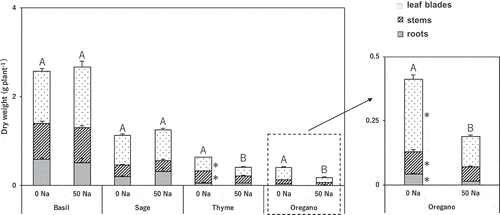
Figure 2. Effect of salinity treatment on leaf water content in basil, sage, thyme, and oregano.
** indicates significant differences between control and salinity treatment in the same species (t-test; p < 0.01). 0 Na; standard nutrient solution (Control), 50 Na; standard nutrient solution containing 50 mM NaCl (Salinity treatment). Error bars in the figure indicate standard errors of four replications.
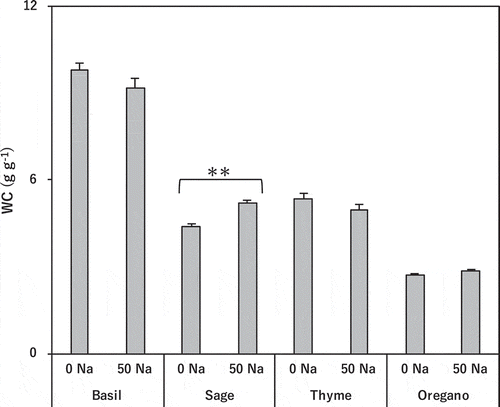
Figure 3. Effect of salinity treatment on leaf chlorophyll (a + b) content in basil, sage, thyme, and oregano.
** indicates significant difference between control and salinity treatment in the same species (t-test; p < 0.01). 0 Na; standard nutrient solution (Control), 50 Na; standard nutrient solution containing 50 mM NaCl (Salinity treatment). Error bars in the figure indicate standard errors of four replications.
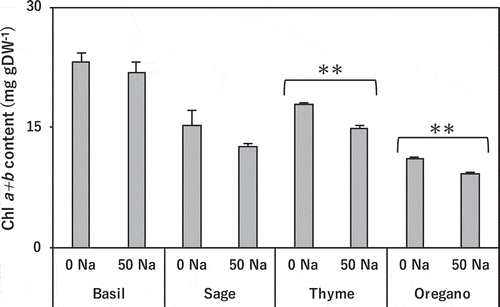
Figure 4. Effect of salinity treatment on leaf MDA content in basil, sage, thyme, and oregano.
* and ** indicate significant differences between control and salinity treatment in the same species (t-test; p < 0.05 and p < 0.01). 0 Na; standard nutrient solution (Control), 50 Na; standard nutrient solution containing 50 mM NaCl (Salinity treatment). Error bars in the figure indicate standard errors of four replications.
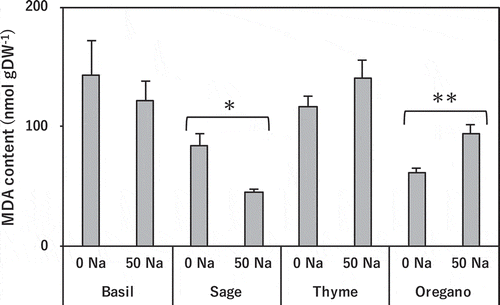
Figure 5. Effect of salinity treatment on leaf H2O2 content in basil, sage, thyme, and oregano.
There was no significant difference (t-test; p < 0.05) between control and salinity treatment in the same species. 0 Na; standard nutrient solution (Control), 50 Na; standard nutrient solution containing 50 mM NaCl (Salinity treatment). Error bars in the figure indicate standard errors of four replications.
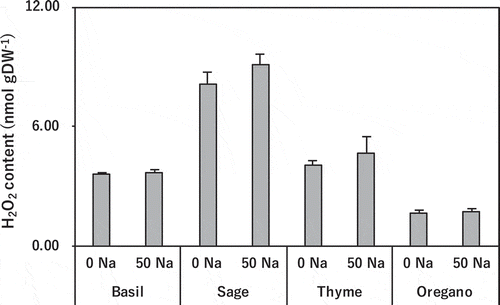
Figure 6. Effect of salt treatment on leaf antioxidative enzyme activities in basil, sage, thyme, and oregano.
(a) CAT activity, (b) superoxide dismutase activity (SOD), (c) APX activity, (d) GR activity. * and ** indicate significant differences between control and salinity treatment in the same species (t-test; p < 0.05 and p < 0.01). 0 Na; standard nutrient solution (Control), 50 Na; standard nutrient solution containing 50 mM NaCl (Salinity treatment). Error bars in the figure indicate standard errors of four replications.
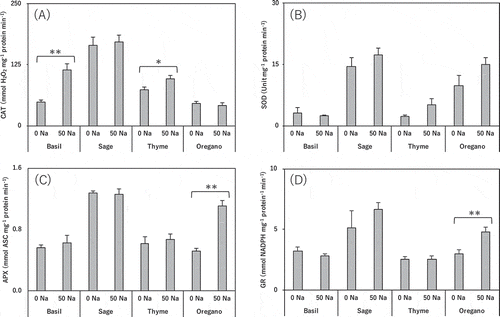
Table 1. Effect of salinity treatment on nutrient contents in leaf blades, stems and roots of basil, sage, thyme, and oregano.
